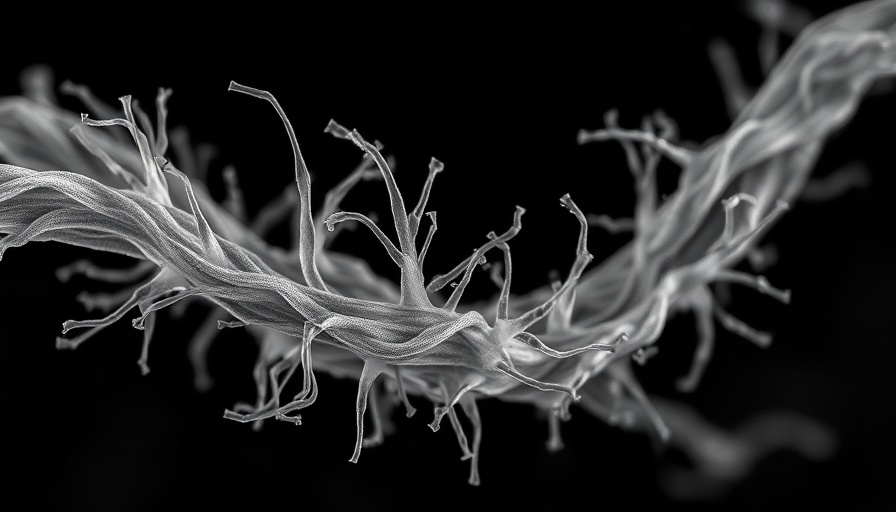
The Dawn of Bioelectronic Devices
Imagine a world where the tiniest organisms contribute to technology that could enhance our healthcare and environmental solutions. A groundbreaking discovery at Oregon State University has identified a new species of bacteria known as Ca. Electrothrix yaqonensis, recognized for its remarkable ability to conduct electricity. This advancement signifies a potential leap forward in bioelectronic devices, promising applications across medicine, food safety, and environmental monitoring.
Embracing Cultural Heritage
Named after the Indigenous tribes of the region, this bacteria’s scientific identification pays homage to the Native Americans who have lived alongside the Yaquina Bay estuary. Researchers Cheng Li and Clare Reimers hope that this acknowledgment fosters appreciation for both cultural history and the scientific advancement it inspires.
How Electricity-Generating Bacteria Work
Ca. Electrothrix yaqonensis stands out among its relatives due to its unique microorganisms working as biological wires. Linking their rod-shaped cells, these bacteria can form long filaments capable of transporting electrons over significant distances, connecting vital nutrient sources in sediment environments. This trait not only optimizes their metabolic processes but could revolutionize the way we harness biological systems for technology.
Future Applications: A Green Perspective
The implications of this discovery span various fields. In medicine, bioelectronic devices using these bacteria could pave the way for innovative treatments and diagnostics. In the food industry, they may enhance food safety by monitoring contamination levels efficiently. Moreover, their roles in environmental cleanup highlight the potential for sustainable and eco-friendly technologies that respect the delicate balance of nature.
Connecting Science and Society
This new species not only bridges gaps in our understanding of bacterial evolution, but it also connects scientific innovation with social relevance. As advancements in biotechnology continue to flourish, recognizing their cultural significance ensures that technology development is harmonious with Indigenous histories and practices.
The findings are documented in Applied and Environmental Microbiology, and researchers are optimistic about the future potential of harnessing such organisms in bioengineering. As we explore the frontiers of biotech, embracing the contributions of historically marginalized communities can enrich both science and society.
 Add Row
Add Row  Add
Add 




Write A Comment